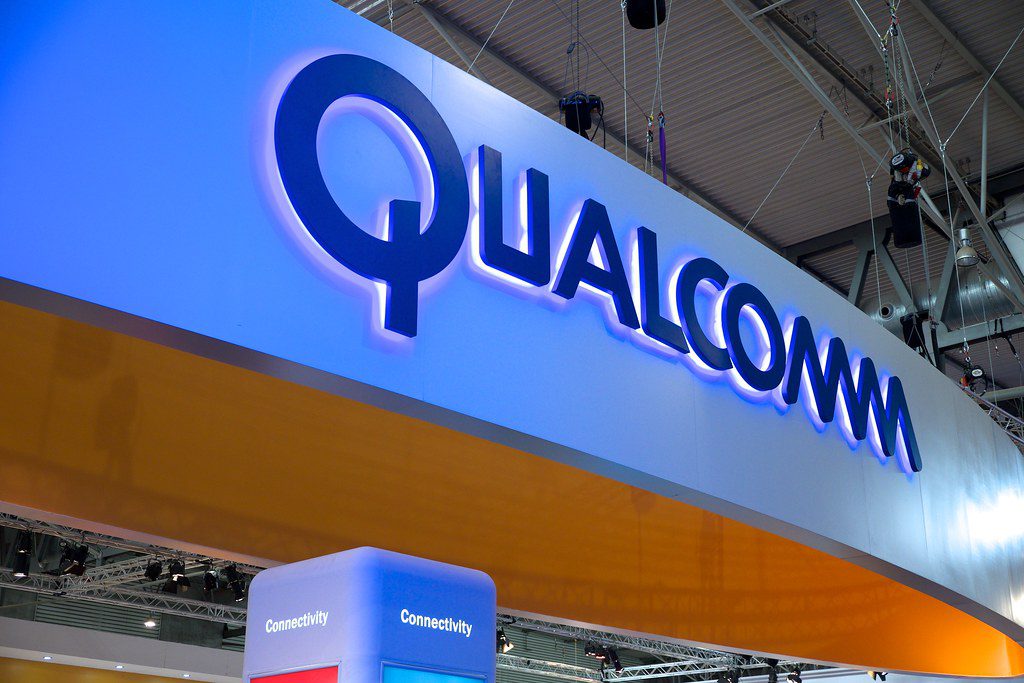FastConnect 7800 leverages the company’s new High Band Simultaneous (HBS) Multi-Link technology, providing the highest throughput and lowest sustained latency (under 2ms). It also keeps aside the 2.4GHz spectrum for Bluetooth or lower-bandwidth Wi-Fi.
“Introducing the first Wi-Fi 7 solution to the industry might be enough for some, but with the introduction of HBS Multi-Link we take performance to the next level, shattering expectations for speed and latency,” VP and General Manager of Mobile Compute and Connectivity at Qualcomm, Dino Bekis said.
“Coupled with up to 50% lower power consumption and Intelligent Dual Bluetooth with advanced Snapdragon Sound capabilities, FastConnect 7800 is simply the best client connectivity offering in the industry.”
FastConnect 7800 will also enable crystal clear voice calls
The company said HBS Multi-Link allows the simultaneous use of two Wi-Fi radios for four streams of connectivity in 5GHz or 6GHz bands. Moreover, FastConnect 7800 supports all multi-link modes. This new tech is also backward compatible with “prior-generation Wi-Fi devices.”
FastConnect 7800 offers peak Wi-Fi speeds of 5.8Gbps using a single 320MHz or paired 160MHz channels. The peak speed falls to 4.3Gbps when the 6GHz spectrum is unavailable. This is also “expected” to be the first Wi-Fi 7 offering to launch commercially.
Its key Bluetooth features include support for Bluetooth 5.3, LE Audio, and ANT+. Users can also enjoy some of the Snapdragon Sound features, including 16-bit 44.1khz CD Lossless and 24-bit 96kHz high-resolution audio.
This solution further includes the 32kHz super wideband voice support to improve call quality. There’s also a dedicated gaming mode with 68ms low latency audio and a separate voice channel for in-game chat features.
FastConnect 7800 includes Dual Bluetooth, which uses two radios to significantly double the range and halve the pairing time with devices. Qualcomm expects products featuring the new technology to become commercially available by the second half of 2022. But it could be a while before it is widely adopted across the tech sector. Regardless, this is a crucial innovation that could change the way we use Wi-Fi and Bluetooth in the future.
According to androidheadlines.com. Source of photo: internet








